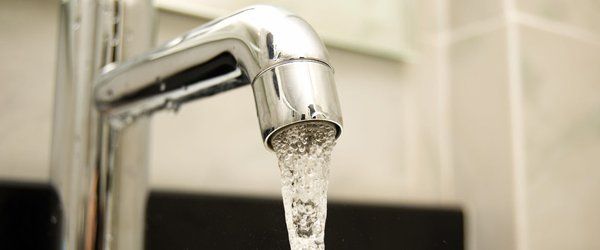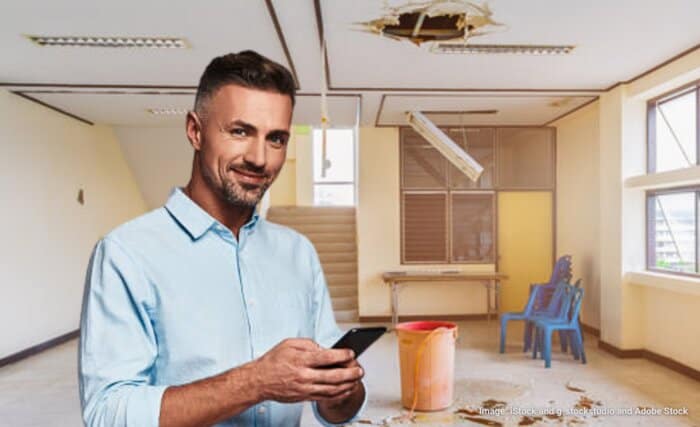Maintaining Plumbing in Rental Properties: How to Keep Things Flowing Smoothly
Maintaining Plumbing in Rental Properties: How to Keep Things Flowing Smoothly
Blog Article
Are you currently looking for additional info about Plumbing Maintenance Guide for Tenants?

Managing pipes issues in rental buildings effectively is crucial for keeping tenant contentment and protecting the residential or commercial property's worth. Whether you're a property owner or a building manager, recognizing how to attend to these usual problems can conserve you money and time while guaranteeing conformity with lawful obligations. Below's a step-by-step overview on just how to take care of pipes issues in rental buildings.
Paper Every little thing
Keep thorough records of all reported pipes issues and the activities taken to fix them. Paperwork needs to include dates, summaries of the problem, communication with occupants, and invoices from professionals or plumbing technicians. This info can be vital for insurance claims, tax deductions, and lawful defense.
Usage Qualified Professionals
Constantly use licensed and insured professionals for considerable pipes fixings and installations. This ensures that the work is up to code and can help avoid liability concerns in case of crashes or more damages. It additionally comforts lessees that repairs are being handled professionally.
Develop Clear Communication
Urge lessees to report any kind of pipes concerns as quickly as they happen. Supply several communication channels such as phone, email, or an occupant website to make it easy for them to connect. Motivate feedbacks to these records can stop small issues from intensifying into major troubles.
Enlighten Lessees
Enlighten your occupants about what constitutes a pipes emergency and what does not. Offer guidelines on just how to manage minor concerns themselves, such as making use of a bettor to unblock a toilet. Also, inform them about what they should avoid taking down drains pipes to stop clogs, such as grease, coffee premises, and non-biodegradable items.
Normal Upkeep
Execute a routine maintenance schedule for all pipes systems in your rental properties. Normal checks can aid identify and deal with concerns like leakages, slow-moving drains, or rusty pipelines before they come to be severe. Consider employing a professional plumbing professional to examine the residential or commercial properties each year or semi-annually.
Quick Response to Emergency Situations
Have a plan in place for replying to plumbing emergencies. This need to include having the call information of trustworthy plumbing services that supply 24/7 emergency repair services. Quick action is essential to reduce damages in situations like burst pipelines or extreme leaks.
Preventive Upgrades
Think about updating older plumbing systems and components to extra modern, effective designs. This can lower the frequency and intensity of plumbing concerns and lower long-lasting upkeep prices. It's also a marketing point for potential renters that value upgrades and contemporary features.
Lessee Move-Out Inspections
Conduct detailed plumbing checks throughout move-out evaluations to guarantee that any type of issues are recognized and attended to prior to a new lessee moves in. This protects against conflicts with brand-new renters over pre-existing problems and guarantees the residential property is in top problem.
Understand Lawful Obligations
Recognize your legal obligations pertaining to plumbing and general building upkeep. Many jurisdictions need landlords to ensure their properties are habitable and that all plumbing systems are in good working order. Failure to attend to serious issues immediately can cause legal actions from renters.
Occupant Compensations
If a pipes concern calls for prompt focus and the occupant settles the concern by themselves, have a clear plan in position for repaying costs. Guarantee renters understand they ought to obtain prior authorization for higher-cost repair services unless it's an outright emergency.
Conclusion
Handling pipes concerns in rental properties calls for an aggressive method and good interaction with occupants. By staying on top of upkeep, responding promptly to emergency situations, and utilizing qualified professionals, landlords can maintain their homes in excellent condition and maintain great relationships with lessees.
How to Handle Water Damage in a Rental Property
What is Water Damage?
Water damage is harm or destruction caused by water entering areas where it is not supposed to be. It can be caused by a variety of sources and can manifest in different ways. The most common examples of water damage include:
Leaking roof Plumbing leaks Appliance malfunctions Poor drainage Flooding Sewage backup Condensation Tenant negligence HVAC system issues Frozen pipes Is water damage dangerous?
Water damage itself is not inherently dangerous, but it can lead to various hazards and health risks if not promptly and properly addressed. The severity of these risks depends on the extent of the water damage, the source of the water, and how quickly it is mitigated.
Some potential dangers associated with water damage include structural damage, mold and bacterial growth, electrical hazards, water contamination, and pest infestations. In situations where mold and mildew have gone unaddressed, mold can start to develop within 24-48 hours of water exposure, and this can impose a serious health risk to tenants. In particular, mold spores and damp conditions can lead to respiratory issues and even make existing health problems worse, such as allergies, asthma, or immune disorders.
Water Damage in an Apartment - Who is Responsible?
If the water damage is caused by the tenant’s negligence, the tenant is responsible for the cost of repairs. If the water damage is caused by a defect in the property, the landlord is responsible for the cost of repairs. If the water damage is a result of natural causes, such as excessive rain, then the landlord is responsible, since the water intrusion likely occurred due to a defect in the property. Landlord Responsibility water damage in rental property
Since maintaining habitability is the landlord’s legal responsibility, landlords are responsible for any resulting structural damage caused by water damage. These structural damages may include damage to walls, roofs, ceilings, and flooring. If water damage has affected the rental property’s original structure, the landlord is responsible for repairing or replacing those materials. Therefore, landlords should have property insurance that covers the structural components of their rental property so that they can receive help with the costs of covered events.
Preventative measures can also help landlords avoid massive renovations. Preventative maintenance may include conducting regular inspections to identify and address potential water damage before it becomes a major and urgent problem.
If a landlord fails to meet their responsibilities regarding water damage, it can lead to legal disputes and potential liability. Tenants who believe their landlord is not addressing water damage issues in accordance with California law can seek legal advice or contact local housing authorities for assistance.
https://www.goodlifemgmt.com/blog/water-damage-in-a-rental-property/

Do you enjoy reading about 10 Common Rental Property Repairs? Put feedback further down. We'd be pleased to hear your thoughts about this blog post. In hopes to see you back again in the future. Liked our piece? Please quickly share it. Let others locate it. Bless you for being here. Revisit us soon.
Report this page